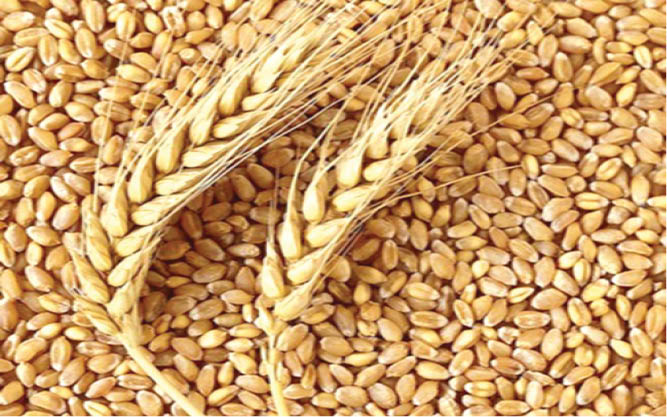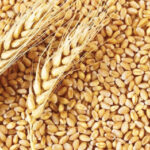Wheat farmers in Katsina State who planted the crop in October have recorded a bumper harvest and enjoyed good price for the produce.
The crop, which takes four months to be harvested, requires cold weather to blossom and give high yield. The early planters started in mid-October and harvested in February when the produce was in high market demand.
Compared to last season, this year promises bountiful yields for many farmers, as those who have already harvested, recorded good results. Even the price this year is better compared to what was obtained in the market in the previous season.
Despite this positive outcome, many farmers could not cultivate the crop because of the cost of seeds, fertiliser and agrochemicals.
Electricity vandals throw 14 Jos communities into darkness
2 days to gov’ship polls: Incumbents, opposition in last-minute moves to win states
Muhammad Yahuza, a wheat farmer said only the few that were able to harvest their crop last February were opportune to sell 100kg bag at N65,000.
“The market price of wheat is now N35,000 per bag, but those that planted early were lucky to sell it at N65,000 before the market became saturated with the produce.
“The high cost of fertiliser and other inputs has made many farmers not to produce wheat in the state this year.”
Yahuza further said only those with farmlands along the riverside or at irrigation dams, plus capital, can commence wheat production as early as October. Those that rent farms have to wait for the owners to evacuate their wet season produce before they begin land preparation.
When this reporter went round Mairuwa and Gwaigwaye dams in Faskari LGA, most of the wheat crops were at the maturing stage, awaiting harvest. Many of the farmers planted in late November and early December; hence, they are yet to harvest the produce.
One of the farmers interviewed in Mairuwa, Marwanu Sani, said because there was abundant rainfall last wet season, rivers and irrigation dams were full.
“We have no threat of water this year, we have enough to adequately water our wheat, and the grains are well filled, an indicator of high yield during harvest.
“Last year we suffered scarcity of water, and our wheat did not give the desired result,” he said.
Sani added that unlike tomatoes and other vegetables that were perishable, when the market price of wheat is not good to the farmer, he can store the produce for a long time to later sell at a higher price.
“The only issue now is that the heat season has set in early this year, and it is a serious threat to late planters. Rainfall before the harvest of wheat can seriously damage the crop,” Marwanu Sani said.
Dalhatu Hamza, a wheat farmer and agric expert, said local farmers need to always take the issue of global warming into consideration while planning their irrigation activities.
“In recent years, we are having weather fluctuations and most crops produced through irrigation prefer the cold season, wheat included. Farmers should, therefore, plant no later than October to be on the safe side,” Hamza said.
He added that mixed cropping with cabbage would help assuage the likely loss as dry-season farmers this year invested a lot of money.
Nigeria needs about six million metric tons of wheat to meet domestic demand, but production has been abysmal due to lack of adequate government attention and investment in irrigation facilities to expand production across the country.

 Join Daily Trust WhatsApp Community For Quick Access To News and Happenings Around You.
Join Daily Trust WhatsApp Community For Quick Access To News and Happenings Around You.


